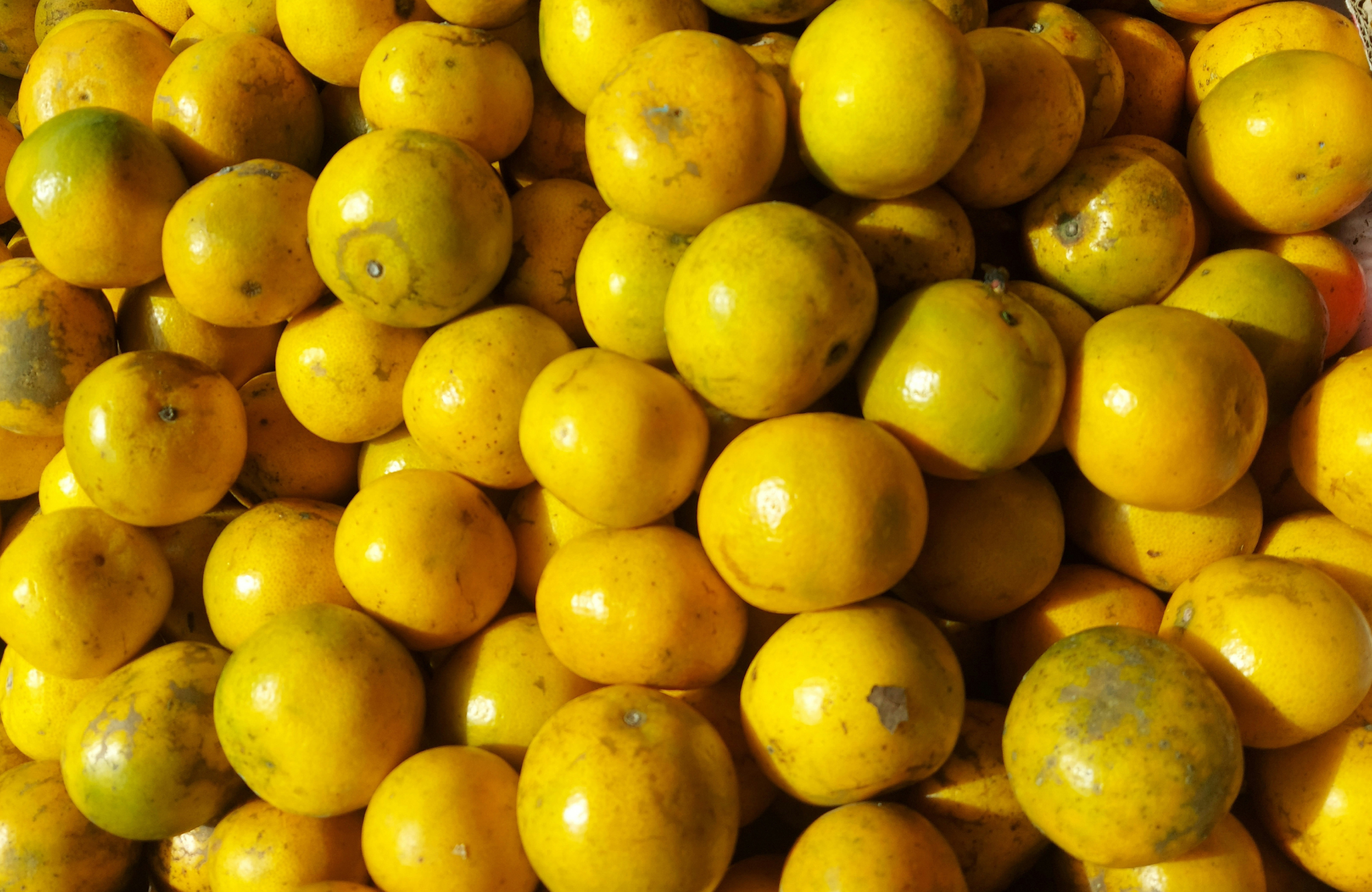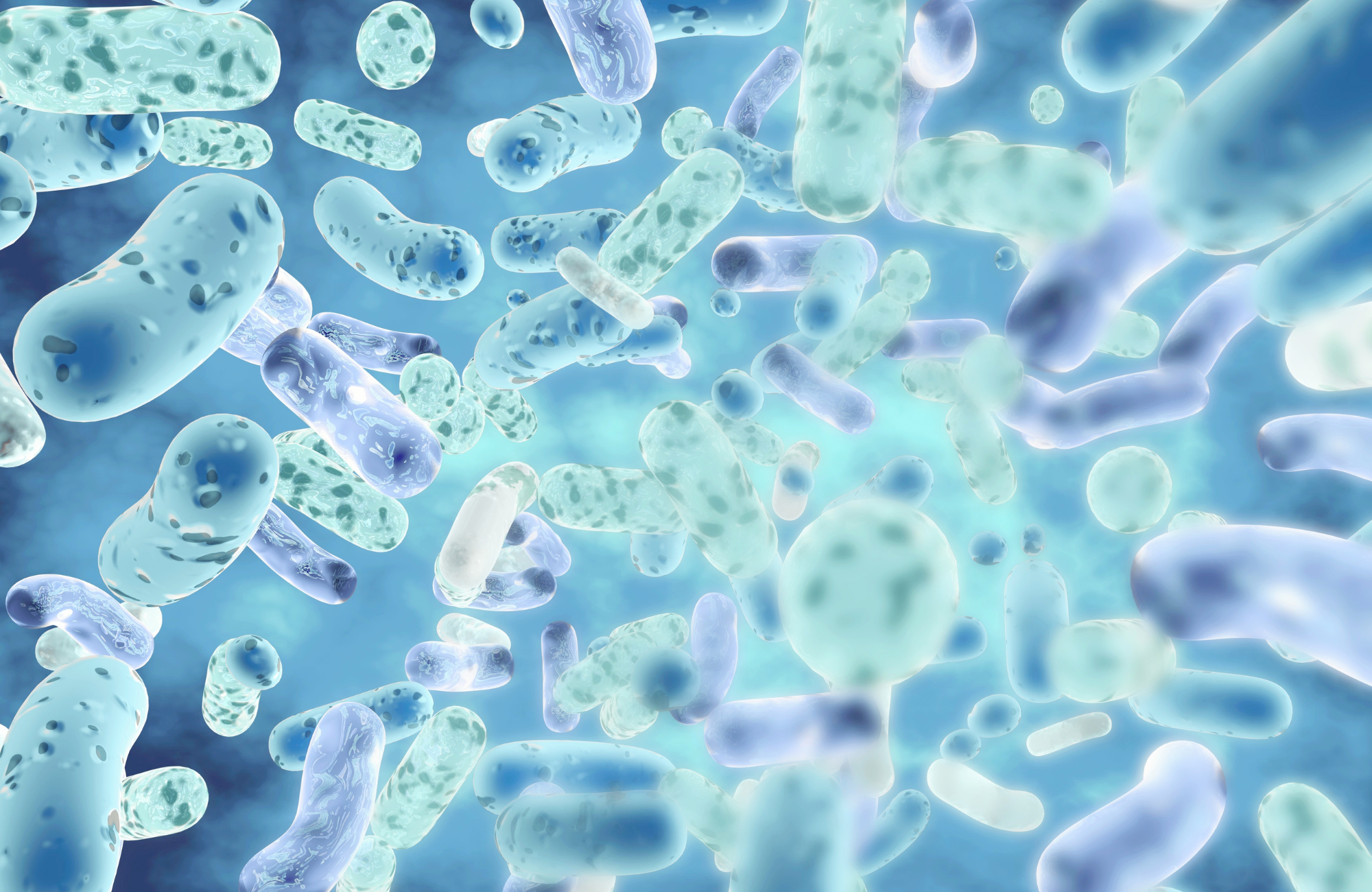You come across real licorice ( Glycyrrhiza glabra ) more often in everyday life than you might think. Another name for the plant is liquorice. It is found in the sweet of the same name or in teas and medicines. The typical taste of liquorice comes from a sugar contained in the plant, which is fifty times sweeter than ordinary cane sugar.
The plant is native to the Mediterranean region and Western Asia. It has a long history as a medicinal remedy, dating back to ancient times in Egypt, China and Indian culture. It has traditionally been used to treat a variety of diseases, including lung, liver, circulatory and kidney diseases. It has also been used to increase appetite and for detoxification. Its versatile, effective effects have earned it the name “king of all herbs”.
Nowadays, liquorice is used for various complaints, such as digestive problems, menopausal symptoms, coughs, and bacterial and viral infections. In 2012, it was even the medicinal plant of the year. In tablet form, it can also help prevent and relieve sore throats. The reasons why liquorice is excellent for coughs are the active ingredients it contains, which promote expectoration, are secretolytic, and are expectorant. Liquorice extracts have also been shown to have antibacterial, antiviral, and anti-inflammatory effects. Studies have also shown that liquorice relieves symptoms of sore throats after surgery, as well as asthma.
In addition to treating respiratory diseases, the active ingredients contained in it are also said to have the following properties:
Atheroprotective:
The antioxidant, anti-inflammatory, antiplatelet and cholesterol-lowering properties reduce the risk of atherosclerosis, in which the arteries become narrowed and blocked by fatty deposits. Licorice extract can therefore prevent cardiovascular problems.
Anticancer:
In studies, active ingredients in licorice have inhibited the growth of various cancer cells such as breast cancer, cervical cancer and cancer of the digestive tract. In addition to the inhibition, an increase in the death of cancer cells was also observed.
Anti-diabetic:
Licorice extracts can potentially help with diabetes because they lower blood sugar.
Liver-protective:
The liver is responsible for many important processes, especially detoxification, and a healthy liver is therefore essential. Liver inflammations caused by toxins or viruses can be treated with an active ingredient in licorice. In Asia, licorice is therefore often used traditionally to treat liver diseases.
Antibacterial & Antiviral:
In experiments, extracts from licorice showed an antibacterial effect against gram-positive bacteria. The antiviral effect of the plant is particularly interesting in winter and at present. Studies have found an antiviral effect against herpes and influenza viruses. According to studies, licorice could also be effective against the coronavirus, SARS-CoV-2, and could represent a prophylactic treatment option.
For healthy stomach function:
The anti-inflammatory, antigenotoxic and antioxidant properties of licorice help maintain healthy stomach function and prevent stomach ulcers. It can reduce the inflammatory process of the mucous membrane and oxidative tissue damage in certain stomach diseases and improve the healing of the mucous membrane. In India, licorice is therefore used in medicines for a healthy gastrointestinal tract. In Germany and France, the extract is also used in some products, such as teas, to support stomach function.
Support in wound healing:
In combination with other herbs, a study found the potential of licorice to promote wound healing.
Possible side effects
If you have high blood pressure, you should avoid excessive consumption of liquorice extracts, as liquorice can increase blood pressure. However, this should only be done if you consume more than 50 to 200 g per day for four weeks. In addition, people with heart and kidney problems should also avoid excessive consumption, as liquorice can reduce the potassium concentration in the body.
In large quantities, licorice can lead to premature births or health problems in the child during pregnancy. Therefore, taking licorice during pregnancy is not recommended.
Licorice should be used with caution in people with heart failure, kidney disease, or electrolyte imbalances. Long-term or high doses can lead to serious health problems
Possible interactions
Licorice may affect the effects of certain medications, including blood pressure medications, diuretics and steroids
Other applications
Licorice can be used in various forms, such as tea, tincture or capsules. To make tea, it is recommended to steep dried licorice roots in hot water for about 10 minutes. When using licorice in the kitchen, it can be used as a natural sweetener in desserts or drinks
Which AgilNature® products contain licorice extract?
|
product |
Crowd |
NRV* |
|
100 mg per 6 capsules (daily dose) |
* * |
*Nutrient Reference Value = percentage of the reference value according to Annex XIII of the Food Information Regulation (EC) No 1169/2011.
** No recommendation available.
Literature:
- "Licorice root". National Center for Complementary and Integrative Health, US National Institutes of Health. August 2020. https://www.nccih.nih.gov/health/licorice-root (Accessed on January 19, 2024)
- Kuriyama A, Maeda H. Topical application of licorice for prevention of postoperative sore throat in adults: A systematic review and meta-analysis. J Clin Anesth. 2019 May;54:25-32.
- Wahab S, Ahmad I, Irfan S, Siddiqua A, Usmani S, Ahmad MP. Pharmacological Efficacy and Safety of Glycyrrhiza glabra in the Treatment of Respiratory Tract Infections. Mini Rev Med Chem. 2022;22(11):1476-1494.
- Wahab, S., Annadurai, S., Abullais, SS, Das, G., Ahmad, W., Ahmad, MF, Kandasamy, G., Vasudevan, R., Ali, MS, & Amir, M. (2021). Glycyrrhiza glabra (Licorice): A Comprehensive Review on Its Phytochemistry, Biological Activities, Clinical Evidence and Toxicology. Plants (Basel, Switzerland), 10(12), 2751.
- Markina YV, Kirichenko TV, Markin AM, Yudina IY, Starodubova AV, Sobenin IA, Orekhov AN. Atheroprotective Effects of Glycyrrhiza glabra L. Molecules. 2022 Jul 22;27(15):4697.
- Zhang B, Yan M, Zhang W, Ke ZY, Ma LG. Glycyrrhiza glabra suppresses nasopharyngeal carcinoma cell proliferation through inhibiting the expression of lncRNA, AK027294. Biosci Biotechnol Biochem. 2020 Feb;84(2):314-320.
- Lu D, Yang Y, Du Y, Zhang L, Yang Y, Tibenda JJ, Nan Y, Yuan L. The Potential of Glycyrrhiza from "Medicine Food Homology" in the Fight against Digestive System Tumors. Molecules. 2023 Nov 22;28(23):7719.
- Elebeedy D, Ghanem A, Aly SH, Ali MA, Faraag AHI, El-Ashrey MK, Salem AM, Hassab MAE, Maksoud AIAE. Synergistic antiviral activity of Lactobacillus acidophilus and Glycyrrhiza glabra against Herpes Simplex-1 Virus (HSV-1) and Vesicular Stomatitis Virus (VSV): experimental and In Silico insights. BMC Microbiol. 2023 Jun 30;23(1):173.
- Rizvi ZA, Babele P, Sadhu S, Madan U, Tripathy MR, Goswami S, Mani S, Kumar S, Awasthi A, Dikshit M. Prophylactic treatment of Glycyrrhiza glabra mitigates COVID-19 pathology through inhibition of pro-inflammatory cytokines in the hamster model and NETosis. Front Immunol. 2022 Sep 27;13:945583.
- Soleiman-Meigooni S, Hoseini Yekta N, Sheikhan HR, Aminianfar M, Hamidi-Farahani R, Ahmadi M, Asgari A, Kazemi-Galougahi MH, Rahimi R. Efficacy of a standardized herbal formulation from Glycyrrhiza glabra L. as an adjuvant treatment in hospitalized patients with COVID-19: A Randomized Controlled trial. J Ayurveda Integr Med. 2022 Oct-Dec;13(4):100670.
- Gaur R, Yadav KS, Verma RK, Yadav NP, Bhakuni RS In vivo anti-diabetic activity of derivatives of isoliquiritigenin and liquiritigenin. Phytomedicine. 2014;21:415–422. doi: 10.1016/j.phymed.2013.10.015
- Jafari F, Jafari M, Moghadam AT, Emami SA, Jamialahmadi T, Mohammadpour AH, Sahebkar A. A review of Glycyrrhiza glabra (Licorice) effects on metabolic syndrome. Adv Exp Med Biol 2021;1328:385-400.
- El-Saber Batiha G, Magdy Beshbishy A, El-Mleeh A, Abdel-Daim MM, Prasad Devkota H. Traditional Uses, Bioactive Chemical Constituents, and Pharmacological and Toxicological Activities of Glycyrrhiza glabra L. (Fabaceae). Biomolecules. 2020 Feb 25;10(3):352.
- Leite CDS, Bonafé GA, Carvalho Santos J, Martinez CAR, Ortega MM, Ribeiro ML. The Anti-Inflammatory Properties of Licorice (Glycyrrhiza glabra)-Derived Compounds in Intestinal Disorders. Int J Mol Sci. 2022 Apr 8;23(8):4121.
- Aly SH, Elissawy AM, Mahmoud AMA, El-Tokhy FS, Mageed SSA, Almahli H, Al-Rashood ST, Binjubair FA, Hassab MAE, Eldehna WM, Singab AEB. Synergistic Effect of Sophora japonica and Glycyrrhiza glabra Flavonoid-Rich Fractions on Wound Healing: In Vivo and Molecular Docking Studies. Molecules. 2023 Mar 27;28(7):2994.
- Mamedov, N. A., & Egamberdieva, D. (2019). Phytochemical Constituents and Pharmacological Effects of Licorice: A Review. Plant and Human Health, Volume 3: Pharmacology and Therapeutic Uses, 1–21. https://doi.org/10.1007/978-3-030-04408-4_1





